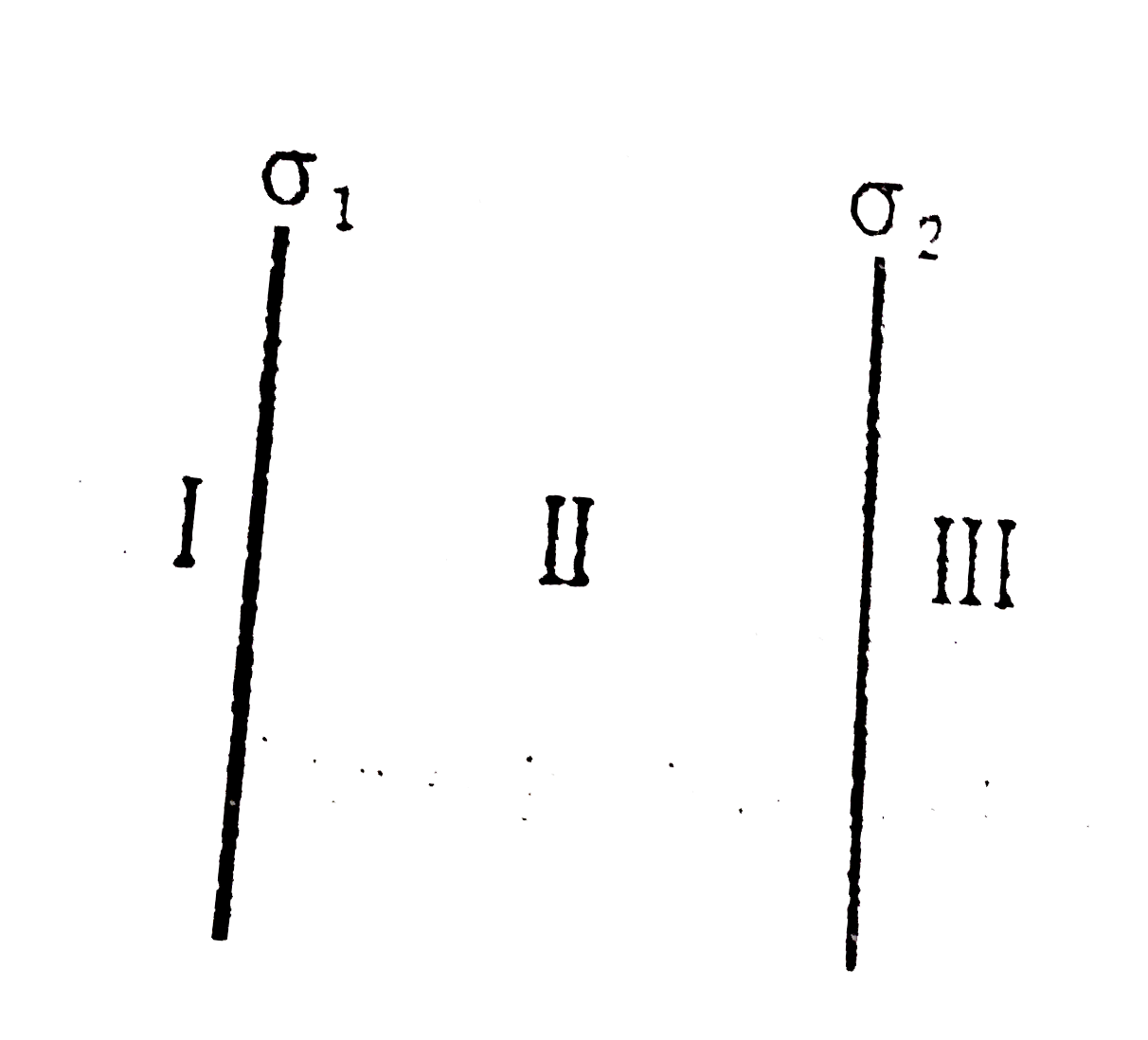Text Solution
Verified by Experts
The correct Answer is:
|
Topper's Solved these Questions
MISCELLANEOUS
ALLEN|Exercise Exercise-04|1 VideosView PlaylistMISCELLANEOUS
ALLEN|Exercise Exersice-04|1 VideosView PlaylistMISCELLANEOUS
ALLEN|Exercise Exercise-02|77 VideosView PlaylistKINEMATICS (MOTION ALONG A STRAIGHT LINE AND MOTION IN A PLANE)
ALLEN|Exercise BEGINNER S BOX-7|8 VideosView PlaylistPHYSICAL WORLD, UNITS AND DIMENSIONS & ERRORS IN MEASUREMENT
ALLEN|Exercise EXERCISE-IV|8 VideosView Playlist
Similar Questions
Explore conceptually related problems
Knowledge Check
Similar Questions
Explore conceptually related problems
